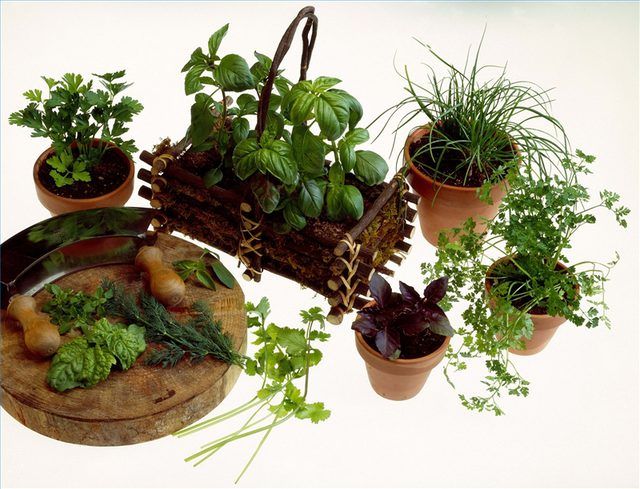Bulbs
Flower Basics
Flower Beds & Specialty Gardens
Flower Garden
Garden Furniture
Garden Gnomes
Garden Seeds
Garden Sheds
Garden Statues
Garden Tools & Supplies
Gardening Basics
Green & Organic
Groundcovers & Vines
Growing Annuals
Growing Basil
Growing Beans
Growing Berries
Growing Blueberries
Growing Cactus
Growing Corn
Growing Cotton
Growing Edibles
Growing Flowers
Growing Garlic
Growing Grapes
Growing Grass
Growing Herbs
Growing Jasmine
Growing Mint
Growing Mushrooms
Orchids
Growing Peanuts
Growing Perennials
Growing Plants
Growing Rosemary
Growing Roses
Growing Strawberries
Growing Sunflowers
Growing Thyme
Growing Tomatoes
Growing Tulips
Growing Vegetables
Herb Basics
Herb Garden
Indoor Growing
Landscaping Basics
Landscaping Patios
Landscaping Plants
Landscaping Shrubs
Landscaping Trees
Landscaping Walks & Pathways
Lawn Basics
Lawn Maintenance
Lawn Mowers
Lawn Ornaments
Lawn Planting
Lawn Tools
Outdoor Growing
Overall Landscape Planning
Pests, Weeds & Problems
Plant Basics
Rock Garden
Rose Garden
Shrubs
Soil
Specialty Gardens
Trees
Vegetable Garden
Yard Maintenance
How to Plant a Small Herb Garden
How to Plant a Small Herb Garden. Fresh herbs are a desired ingredient in many recipes and being able to walk out the back door and pick a few leaves enables a savvy cook to spice up any dish in a snap. You may also find medicinal uses for your herbs. Even if you choose not to use the herbs, herb gardens provide an aromatic addition to your...

Fresh herbs are a desired ingredient in many recipes and being able to walk out the back door and pick a few leaves enables a savvy cook to spice up any dish in a snap. You may also find medicinal uses for your herbs. Even if you choose not to use the herbs, herb gardens provide an aromatic addition to your backyard, and many herbs have foliage that is just as beautiful as a traditional flower garden.
Things You'll Need
Selected herb plants
Graph paper
Garden tiller or hoe
Shovel
Fertilizer
Water hose
Choose the location for your herb garden, considering soil quality and drainage first. If necessary, a raised garden bed can be used if the quality of your soil and drainage is poor. Another consideration in garden placement is sun exposure, since herbs usually require full sun for at least four hours per day.
Determine the size of your garden. Most herbs take up approximately 1 square foot per plant, which means in a 4 by 6 foot plot you would have about 20 plants.
Select which herbs will be planted in your garden. Some of the most popular kitchen herbs are basil, bay, chervil, chives, dill, garlic, mint, oregano, parsley, rosemary, sage, tarragon and thyme. Visit your local nursery or garden center to see which specific plants are available.
Sketch out your herb garden on graph paper to determine where to place your plants. Remember that herb plants vary in height, so shorter plants should be located on the outside or front of your garden so they will get sun. Also consider the amount of horizontal space each plant will require, since some plants grow outward like bushes and others remain more compact.
Till the ground. A tiller can be used, but since the garden is small, you may just use a hoe and shovel. Remove all the larger material, such as chunks of grass and rocks. Additional organic material may be added to the soil and worked in to improve quality, such as peat moss and fertilizer.
Place your herbs, still in their pots, in the locations you would like them. Follow the instructions that came with the herbs when determining how far apart to space them. Step back and take a look to make sure you like the arrangement.
Dig a hole for each plant in its correct location, pour a little water into the hole, and then place the herb inside. Fill in the hole with soil and water again. Be careful of the herbs' root systems.
Take care of your plants until they are fully grown. Happy harvesting!